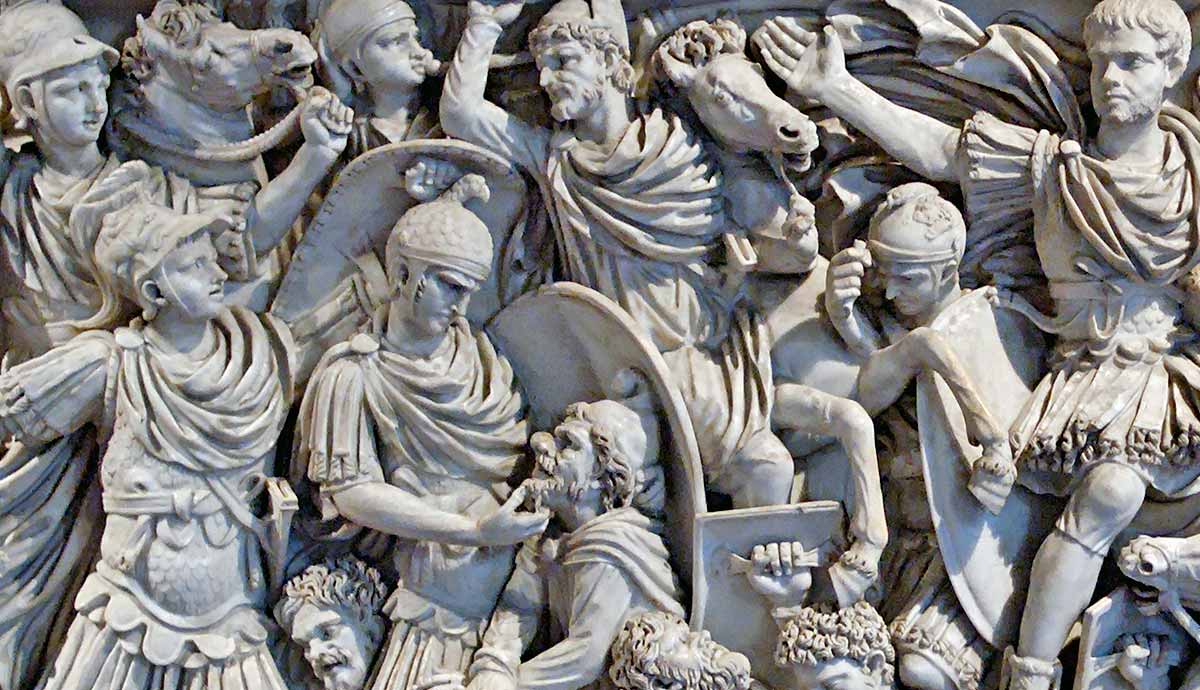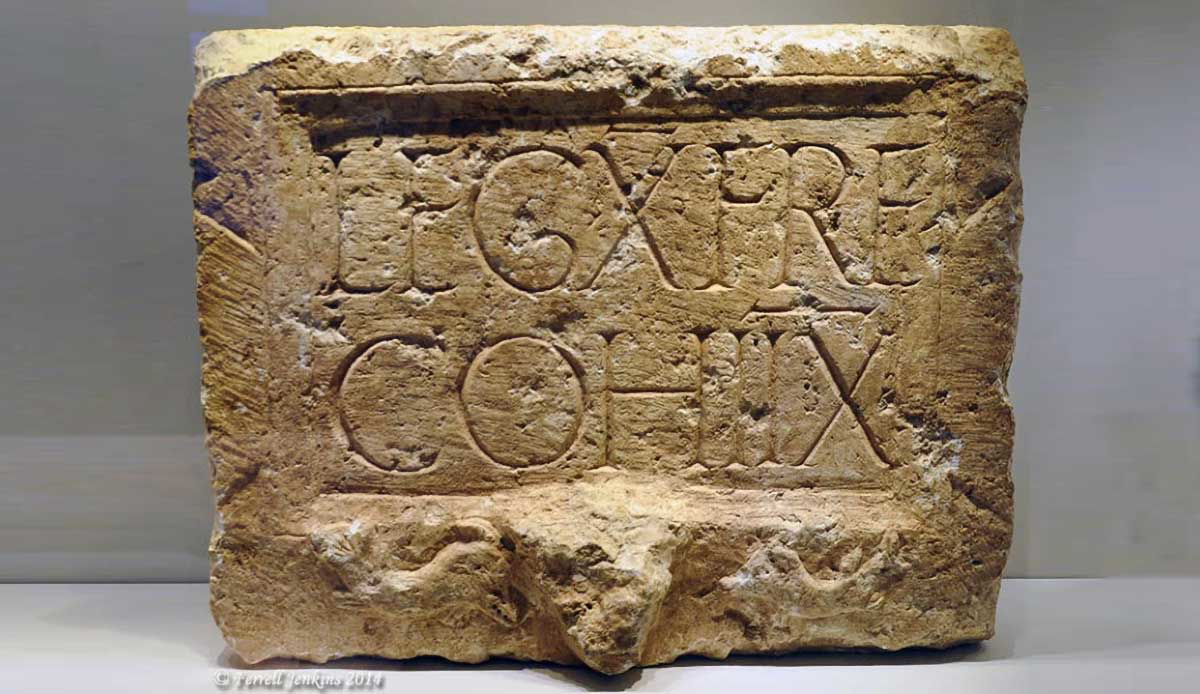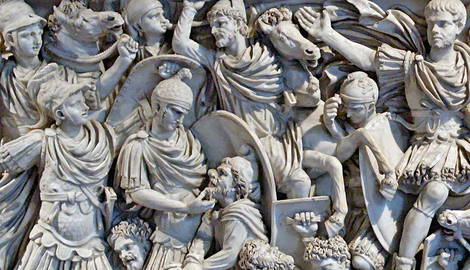
The Roman Legions were the symbol and strength of the Roman Empire. A well-trained, committed, and lethal military unit, each Roman legion extended the power and influence of the Roman Empire, keeping it safe from outside intruders and attacks.
Roles Played by the Roman Legion

A Roman Legion was a military unit of about 4200-5000 men, all Roman citizens. A legion was the largest military unit of both the Roman Republic and the Roman Empire. A legion consisted of a core of heavy infantry, which was the main fighting unit; light infantry, for skirmishing and scouting; and a few hundred cavalries for harassing and flanking maneuvers. The Legions underwent various organizational structures throughout their history, ranging from a class-based system to one based off of skill. Typically, a legion was commanded by a member of the senate, and had a complex, yet efficient, organizational structure.
Roman Legions and Titles

Each Roman Legion was given a number, and many earned a title or nickname due to an important achievement or notable event in the Legion’s history. Legio X Equestris, one of legions under the command of Julius Caesar, was named for an event which Caesar swapped the riders of a foreign auxiliary unit with his own Roman soldiers. Legio IV Flavia Felix – “Flavian’s Lucky Fourth” – was so named because its members were “lucky” to have survived Flavian’s purges. Various legions earned the right to attach “victrix” to their name for important military victories.
Some of the More Well-known Roman Legions

Probably the most well-known Roman legion is Legio X Fretensis, the “Tenth Legion of the Straight,” for the siege of Jerusalem in 70 CE, in which the second Jewish temple was destroyed. Legio X Fretensis had a storied history, being raised by Octavian (later the emperor Augustus Caesar) and used against both Pompey and Marc Antony in the Battle of Actium in the 30s BC. The siege in 70 CE was under two future Roman emperors, Vespasian and his son Titus. Legio X Fretensis also was the Legion which laid siege to the Jewish fortress at Masada in 72 CE, where a mass suicide took place at the end of the Jewish revolt. This legion was known to have existed up until 410 CE, where it was either merged with other legions or disbanded.

Another historically important legion was Legio XIII Gemina, one of four personal legions of Julius Ceasar and the one which he led across the Rubicon around January 10, 49 BCE. Caesar had been ordered by the Roman Senate to resign and return to Rome to be arrested; instead, he led the legion across the Rubicon River in northeastern Italy and took control of the Roman government. Legio XIII Gemina would be disbanded, with its veterans retired and given land in Italy. Augustus would later reform the legion, which would remain in service in various areas until the 500s CE.

Three legions raised by Augustus, under the command of Quintilius Varus – XVII, XVIII, and XIX – fought against an alliance of Germanic peoples led by former soldier Arminius in 9 CE in the Battle of the Teutoburg Forest and were soundly defeated, with up to 20,000 Roman soldiers killed. The event came to be known as the Varus or Varian Disaster, and Rome’s loss halted the northward advance of the Roman Empire under Augustus into Germania.
The defeat was so severe, that the numbers were never used again to name any Roman Legion, and led to the anguished cry of Augustus:









